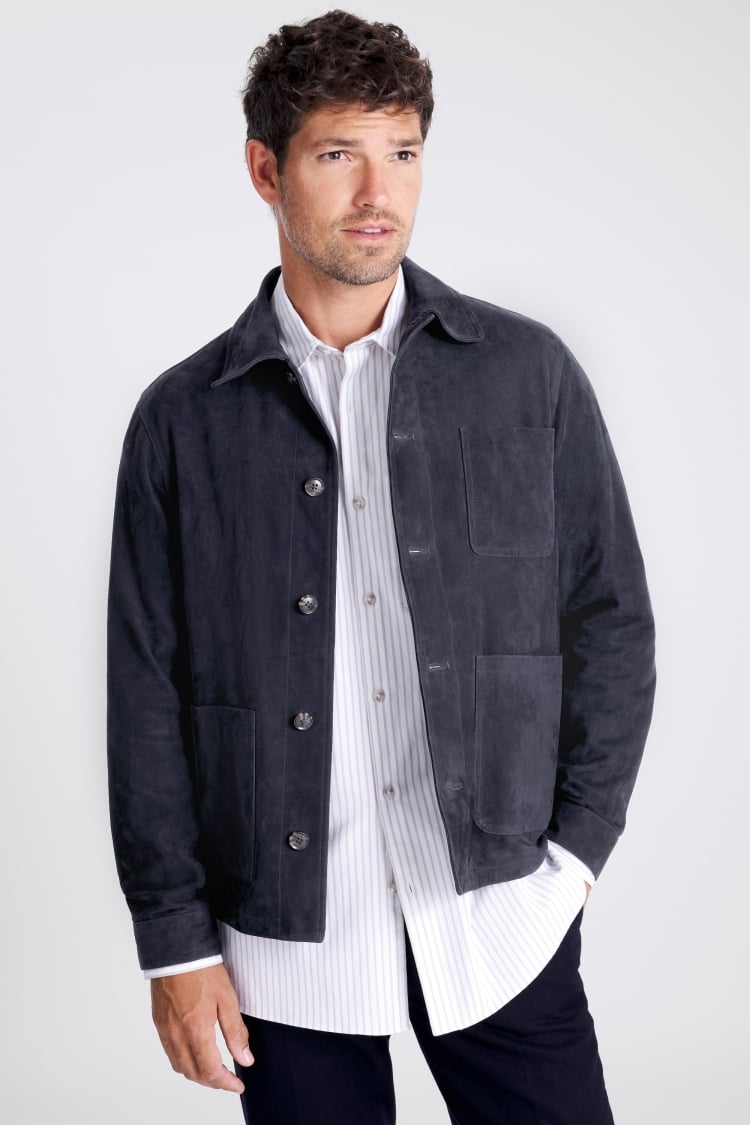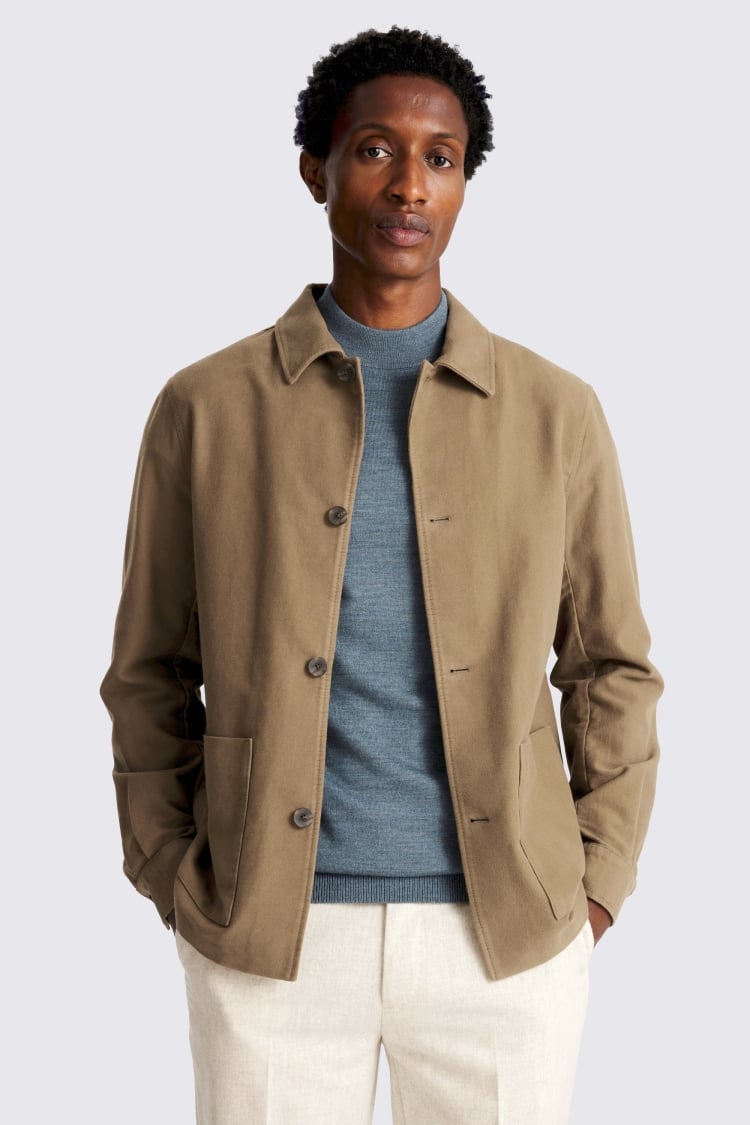

Shackets vs overshirts: what's the difference?
Explore the differences (or similarities), and how to style them.
You’ll have seen the words 'shacket' and 'overshirt' a lot this season. But what exactly are they? What makes them different from each other? How are you supposed to wear it? Let's dive in.

What's a shacket, then?
A shacket fuses the best of two staples – it wears like a shirt but is slightly thicker, just enough to keep you warm, like a jacket. If it’s not already, it’ll be one of the hardest-working items in your wardrobe. You’ll easily trade a coat in for one when it’s cool but not cold, or use it as a layer to build up your look when you need extra warmth.
What's the difference between a shacket and an overshirt?
We can’t go any further here without ironing this out: in truth, shackets and overshirts are widely interchangeable by name and you’ll find either word used for the same sort of styles by different brands.
Our take is that a shacket leans more on the jacket end of the scale with slightly thicker fabrics, a weightier hand-feel and more jacket-like details. Whereas an overshirt feels much more like a shirt but has a more relaxed fit than your usual button-up so you can layer it over other pieces.
Whichever term you land on, they’ve both got a utilitarian feel that’ll make a smart outfit feel more casual and smarten up a casual look.

Types of shackets and overshirts
It won’t surprise you that shackets and overshirts come in all sorts of forms. From lightweight and layerable to weighty and warm, there’s a style to cover all of your outerwear needs.
For the warmer months, a linen shacket is a breathable take that will make a nice contrast worn over a cotton tee, and imply you’ve put some thought into your outfit. It's also a great option when the weather isn’t quite warm enough for short sleeves – pack it with your holiday gear as an evening layer for when it gets a bit breezy.
When the weather takes a turn, look to sturdier fabrics such as moleskin. Cut from a super soft cotton with a brushed finish, our moleskin shackets have a great handfeel but aren't bulky – handy for when you want to layer up further in the colder months.

Overshirts can offer the sort of ease of wear that means you can throw it on and go live your life. Our cord overshirts are crafted from pure cotton that’s comfortable and easily smartens up a casual outfit. The tailored fit offers a bit of structure, and looks just as good over open over a boxy t-shirt as it does buttoned up. And, as it’s designed like a shirt, it can be worn like one too. Combine with jeans, chinos or joggers and finish with a sporty trainer for an easy weekend look.
How about a shacket and trousers matching set? Our brown striped take is crafted from a wool blend for a soft touch. A set is a great way of creating a cohesive outfit that looks and feels put together – you can also wear the pieces as separates if you don’t want to combine the two, and with the neutral tone, they pretty much go with any colour.
How to style a shacket or overshirt
The simple answer? Wear it with just about anything. You’ll find a shacket or overshirt as versatile as your favourite denim – and it’ll go with pretty much anything your jeans do too.
For the most layering potential, look for a boxier fit and a longer line than your standard shirt (or, tuck your shirt in for extra smart points). Wear yours to wrap a casual look up into something that bit more refined, like with a skipper polo and a pair of linen joggers for an easy weekend outfit. Or try an overshirt with a pair of tailored trousers and leather loafers for a hybrid smart/casual office look.
If it hasn’t done enough to earn its spot in your wardrobe already, know you can use a shacket as a light layer over a t-shirt in spring and summer. Then, when it’s properly cold, use a mid-weight overshirt as an extra layer to trap air between a knitted jumper and your winter coat.




